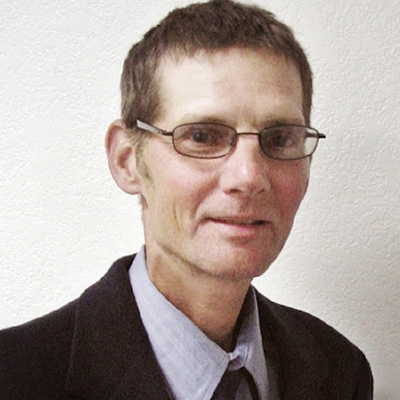In newsletters tucked into pay envelopes, City Manager James Keene touts the 10-year, $400-million transportation plan.
Keene defends the notice as an impartial advisory no different from the biweekly updates that cover a wide range of employee issues such as benefits and personnel procedures. Critics see it as an extension of an expensive propaganda campaign that has been turned toward a captive audience.
City unions are split. Tucson firefighters and paramedics in the Tucson Firefighters Association are pushing the sales tax by holding promotional signs in street medians--the same medians that the city 11 months ago put off limits to panhandlers and newspapers hawkers.
Linda Hatfield, executive vice president of the Communications Workers of American, Local 7026, said the notices were "annoying" at the least. The union's affiliate, Tucson Associate of City Employees, represents 1,586 city employees ranging from attorneys to 911 operators.
Particularly troubling, Hatfield said, is that Keene's update on the sales tax comes as city budget difficulties may force elimination of more than 90 jobs. "They are holding it over the employees' heads," she said.
"What would the sales tax do for us? Conceptually it could give us more by freeing up money from the general fund. But I don't believe it will happen," Hatfield said.
While Keene's message does not flatly ask for a vote for the sales tax and transportation plan, it puts a wholly positive spin on the proposals. It boasts that revenues from the new tax will be exclusively devoted to transportation fixes and that the plan is the result of "telephone surveys, focus groups and presentations to 250 community groups" that attracted input from "16,000" city residents.
Keene's note to employees is simple but enticing. "The plan includes $148 million in new funding for neighborhood street improvement. Every neighborhood in the city will receive improvements during the next 10 years."
Similarly, Keene wrote that $180 million of the plan will be "new" money for congestion management that includes street widening, additional turn lanes and "continuous flow intersections"-- controversial split-level interchanges planned for North Campbell Avenue and East Grant Road, Tanque Verde and Grant-Kolb and East 22nd Street at Kino Boulevard.
Finally, Keene rebuffs what critics say is scant and ineffective spending on transit by promising $72 million in "new funding for mass transit which will maintain and expand Sun Tran and Van Tran service."
Keene said he has not heard a single complaint about his notice to employees.
The city deployed similar tactics in 1990, stuffing Tucson Water bills with information sheets that gave a rosy picture to a half-cent sales tax proposal for transportation improvements. Though that plan went to voters throughout Pima County, it was a city-driven proposal that failed at the polls 61 percent to 39 percent, the second defeat of a sales-tax and transportation plan in four years.
"I don't think it's campaigning at all," Keene said. "I just put out the facts."
Moreover, Keene said, city employees are simply being encouraged to vote. The decision is theirs, he said, whether to vote yes, no or pass.
Keene also defended the nearly $630,000 the city spent through March 6, first on the Let's Go Tucson campaign that featured him in several TV commercials and other promotions that the city calls informational. The Let's Go name now is being used by the political action committee that is raising money, primarily from real estate, car dealers and contractors, to orchestrate the campaign for the tax and road plan.
City voters, Keene says, are discerning and will consider the information that he says the city has an obligation to put out.
"If we don't, we get criticized for being bureaucratic and closed," Keene said.
Consumers pay a 7.6 percent sales tax on goods, except for grocery food and prescription medicine, within the city. That includes the city's 2 percent, 5 percent in state general sales tax and 0.6 percent in sales tax for teacher salaries approved by voters in November 2000.











